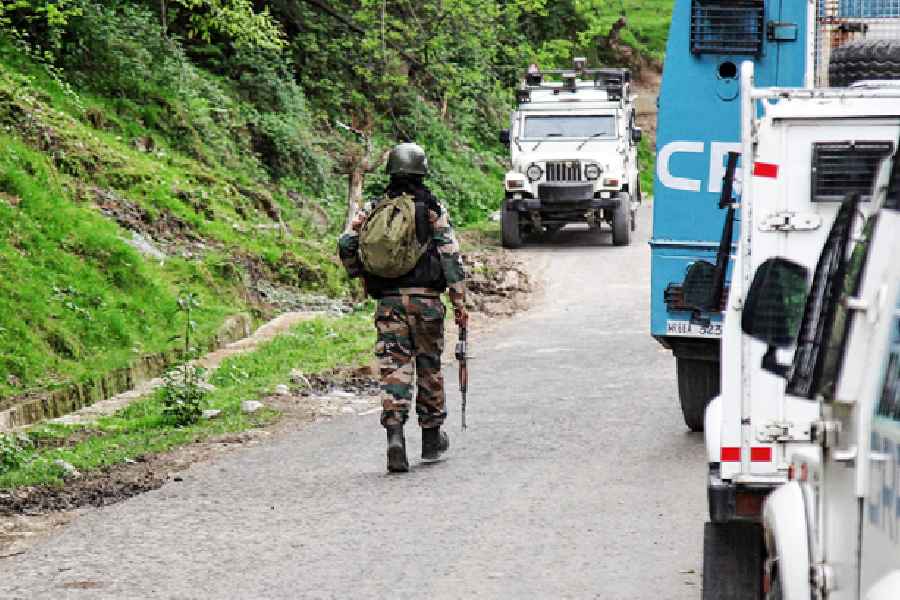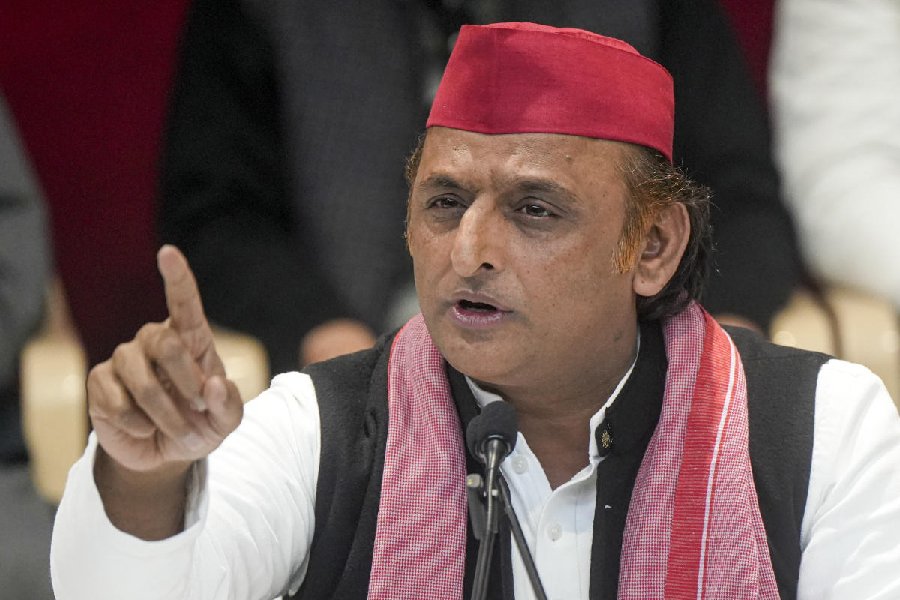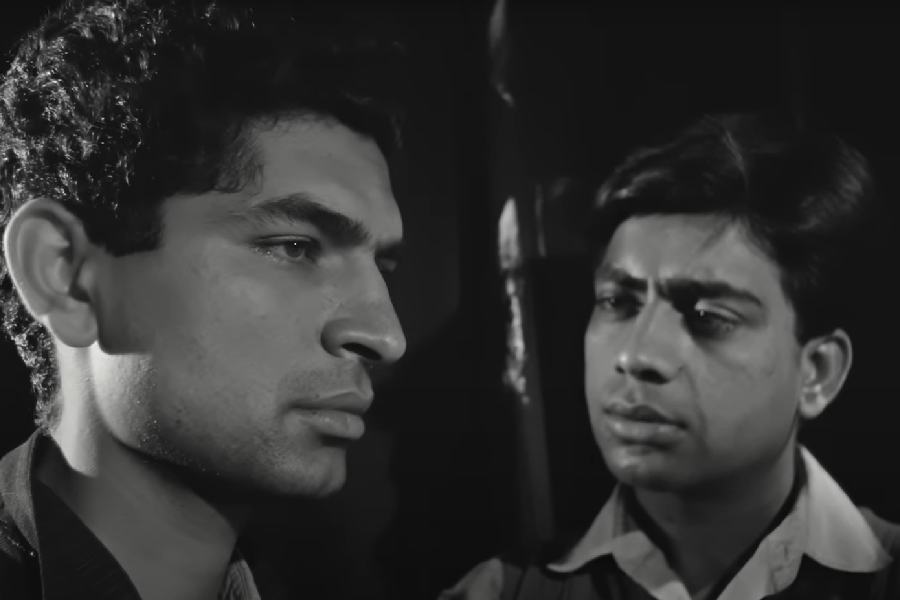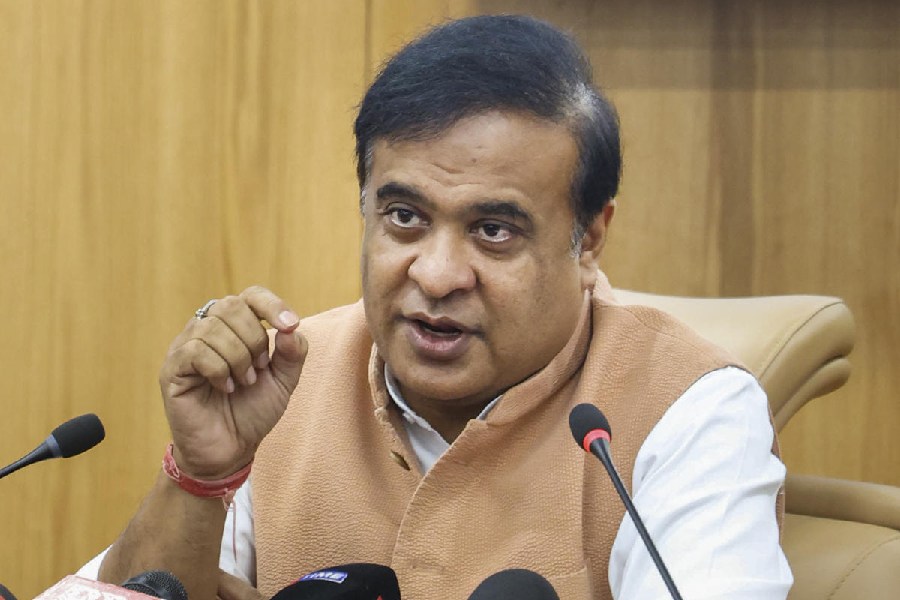 |
Partition of India: Why 1947?
Edited by Kaushik Roy, Oxford, Rs 695
The Partition of India has profound philosophical significance, which goes beyond its lingering and far-reaching material, economic and psychological implications. It has ruptured history — after Partition, Indians came to have two histories, pre- and post-Partition. The relationship of the latter to the former, to use Stuart Hall’s analogy in “Cultural Identity and Diaspora”, is like that of a child to its mother, “always already ‘after the break’”.
This ‘break’ simultaneously brings two psychoanalytic processes to the fore. One is “abjection”, which Julia Kristeva discusses in “Powers of Horror” — a process in which a child is repulsed by the mother’s body and its own pre-natal state, and simultaneously desires, rather narcissistically, its unformed, inchoate existence, its innateness with its mother’s being. The other process is Maurice Merleau-Ponty’s “phantom limb” syndrome, in which a patient feels that an absent, amputated limb is present. This syndrome, alternatively called ‘anosognosia’, is neither psychological nor physiological, but an uncanny, unsettling combination of both.
The post-Partition historical discourse is both abjective and anosognotic. It cannot break away from the pre-Partition past, and so despises it. And it loves this past too, for it longs to get back to, and be immanent in, it. It sees the amputated past as the present. The articles in this volume, all of which are reprints, represent this historical problem. “Why 1947?” is that disquieting query that makes the 11 articles de-anaesthetize a traumatic past.
In the introduction, the editor, Kaushik Roy, criticizes the post-modernist scholars’ dismissal of the “high politics” of professional historians, and their absolute reliance on common people’s memories and myths as ingredients of history, asserting that the history of experience must integrate with “high politics” history. This polemic bears out that Partition has not only ruptured history, but also dichotomized historiography.
The “high politics” in the assorted articles digs assiduously into the minutiae of religious identity formation. One crucial insight is about the notion of ‘secularism’, which often seems to be challenged from within, and is driven by contradictory impulses. Satish Saberwal traces “the erosion of mutual trust” between Hindus and Muslims to the “rising contestation” lasting over a century. The three factors that Saberwal holds responsible for the success of “exclusivist ideologies” are “radically simplifying world-views” to understand a complex social milieu, “new institutional settings” which facilitated contacts with people, and “the security of solidarities” which helped communities fight fiercely.
Gyanendra Pandey examines the vocabulary of some famous ‘nationalistic’ addresses, and argues that Indian nationalism was not a ‘pure’ nationalism opposed to communal sentiments, as it was touted to be, nor was communalism “nationalism driven into religious channels” but nationalism which was “communalism driven to secular channels”. Pandey identifies secular-modern nationalism and pre-modern-parochial communalism as close kins.
Francis Robinson contends that the roots of Muslim separatism hark back to the medieval association of Islam and power, and to the concepts of pan-Islamic brotherhood and the “pious sultan”. Mushirul Hasan has demonstrated the stellar role of Aligarh Muslim University in broadening the mass base of the Pakistan movement. But Robinson and Hasan diverge significantly in their estimates of Sir Syed Ahmad Khan, the founder of the university.
Partha Chatterjee points out that two developments mark the second partition of Bengal out from the first. If the first development is the marginalization of the Bengali elites in national politics, the second is the newly acquired agrarian base of the politics of Muslim identity. He shows that the partition was projected as a “historical necessity” in Hindu discourses prior to the event. Bidyut Chakrabarty iterates a similar theme. He shows how Suhrawardy’s campaign for an united Bengal came to be viewed as euphemism by the greater Pakistan movement, and was critiqued by minority Hindu Bengalis.
Most of the articles look upon 1947 just as a momentous eruption of a politics and an impulse which gathered strength over decades, and, according to some, over centuries. They underscore the primordialist view that religion is a primitive, subterranean and die-hard human tie with proven capacity for mass mobilization. The larger issue, however, is how the Freudian love instinct comes to flirt with the death instinct in certain historical junctures, and is eventually overcome by the latter.










